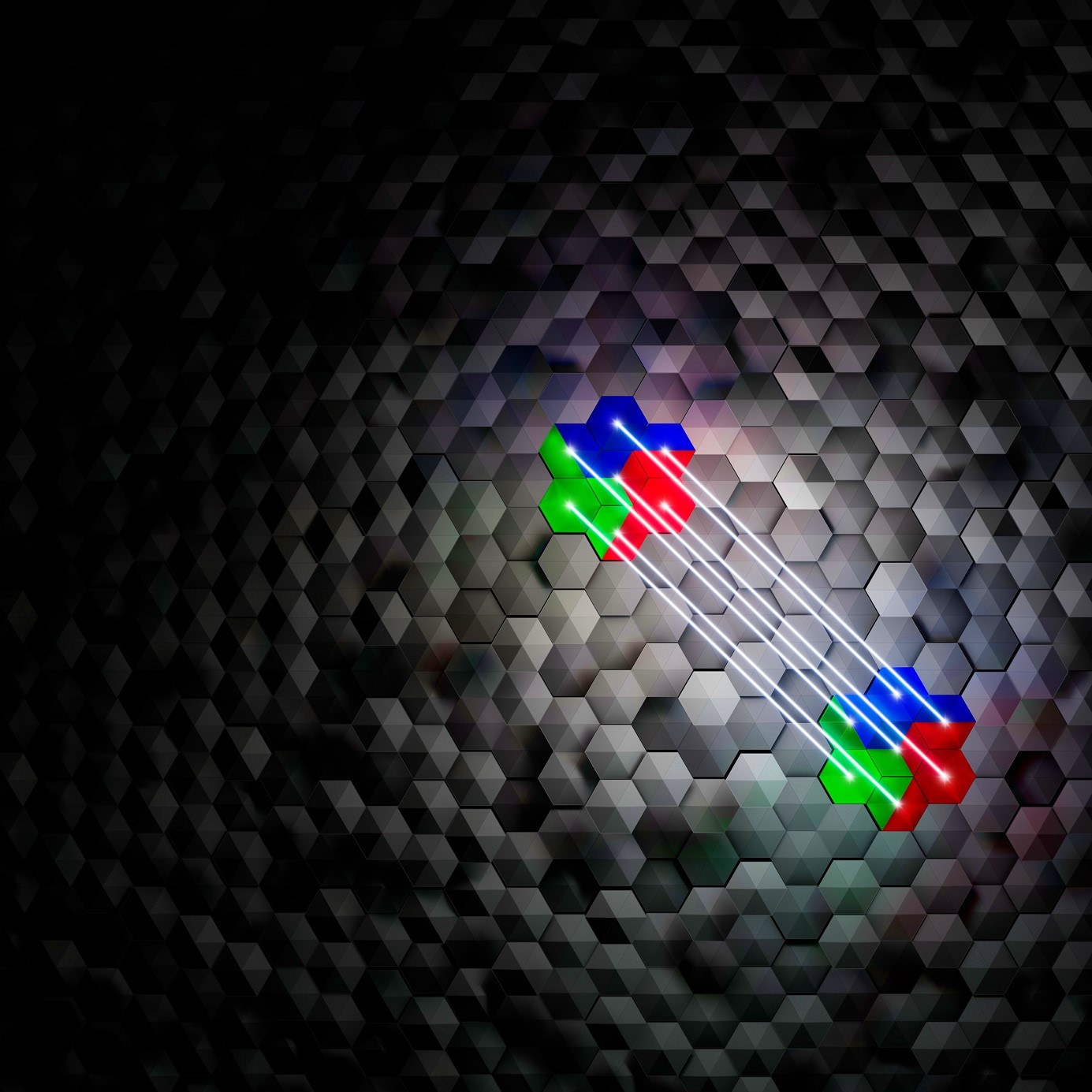Error-free quantum computing gets real
Fundamental building blocks for fault-tolerant quantum computing demonstrated
For quantum computers to be useful in practice, errors must be detected and corrected. A research group at RWTH Aachen University, in collaboration with experimental physicists at the University of Innsbruck, Austria, has now implemented a universal set of computational operations on fault-tolerant quantum bits for the first time, demonstrating how an algorithm can be programmed on a quantum computer so that errors do not spoil the result.
In modern computers errors during processing and storage of information have become a rarity due to high-quality fabrication. However, for critical applications, where even single errors can have serious effects, error correction mechanisms based on redundancy of the processed data are still used. Quantum computers are inherently much more susceptible to disturbances and will thus probably always require error correction mechanisms, because otherwise errors will propagate uncontrolled in the system and information will be lost.
As the fundamental laws of quantum mechanics make it impossible to copy quantum information, redundancy can be achieved by distributing logical quantum information into an entangled state of several physical systems, for example multiple individual atoms. The team led by Markus Müller of RWTH Aachen University and Forschungszentrum Jülich and Thomas Monz of the Department of Experimental Physics at the University of Innsbruck in Austrai has now succeeded for the first time in realizing a set of computational operations on two logical quantum bits that can be used to implement any possible operation.
“From these elementary operations one can compose any quantum algorithm – this is what makes a quantum computer freely programmable and useful for a wide range of practical applications”, explains theoretical physicist Manuel Rispler.
Fundamental quantum operation realized
The team of researchers implemented this universal gate set on an ion trap quantum computer featuring 16 trapped atoms. The quantum information was stored in two logical quantum bits, each distributed over seven atoms. Now, for the first time, it has been possible to implement two computational gates on these fault-tolerant quantum bits, which are necessary for a universal set of gates: a computational operation on two quantum bits (a CNOT gate) and a logical T gate, which is particularly difficult to implement on fault-tolerant quantum bits. The physicists demonstrated the T-gate by preparing a special state in a logical quantum bit and teleporting it to another quantum bit via an entangled gate operation.
T gates are very fundamental operations. They are particularly interesting because quantum algorithms without T gates can be simulated relatively easily on classical computers, negating any possible speed-up. This is no longer possible for algorithms with T gates.
More complex, but also more accurate
In encoded logical quantum bits, the stored quantum information is protected from errors. But this is useless without computational operations and these operations are themselves error-prone. The researchers have implemented operations on the logical qubits in such a way that errors caused by the underlying physical operations can also be detected and corrected. Thus, they have implemented the first fault-tolerant implementation of a universal set of gates on encoded logical quantum bits.
“The fault-tolerant implementation requires more operations than non-fault-tolerant operations. This will introduce more errors on the scale of single atoms, but nevertheless the experimental operations on the logical qubits are better than non-fault-tolerant logical operations,” Thomas Monz is pleased to report. “The effort and complexity increase, but the resulting quality is better.”
The researchers also checked and confirmed their experimental results using numerical simulations on classical computers.
The predictions from our theoretical models coincided well with the experimental measurements by our colleagues in Innsbruck.
The physicists have now demonstrated all the building blocks for fault-tolerant computing on a quantum computer. The task now is to implement these methods on larger and hence more useful quantum computers. The methods demonstrated in Innsbruck on an ion trap quantum computer can also be used on other architectures for quantum computers.
Financial support for the research was provided, among others, by the European Union within the framework of the Quantum Flagship Initiative as well as by the Deutsche Forschungsgemeinschaft (DFG) within the Cluster of Excellence Matter of Light for Quantum Computing (ML4Q).

Artist impression of gate operations on logical quantum bits, that are protected from faults by means of quantum error correction. Credit: Johannes Knünz
Kontakt:
Professor Dr Markus Müller
Institute for Quantum Information at RWTH Aachen
+49 241 80 28412
m.mueller@physik.rwth-aachen.de
www.rwth-aachen.de/mueller-group
Publikation:
Demonstration of fault-tolerant universal quantum gate operations
Lukas Postler, Sascha Heußen, Ivan Pogorelov, Manuel Rispler, Thomas Feldker, Michael Meth, Christian D. Marciniak, Roman Stricker, Martin Ringbauer, Rainer Blatt, Philipp Schindler, Markus Müller, and Thomas Monz. Nature 2022
doi: 10.1038/s41586-022-04721-1 https://www.nature.com/articles/s41586-022-04721-1